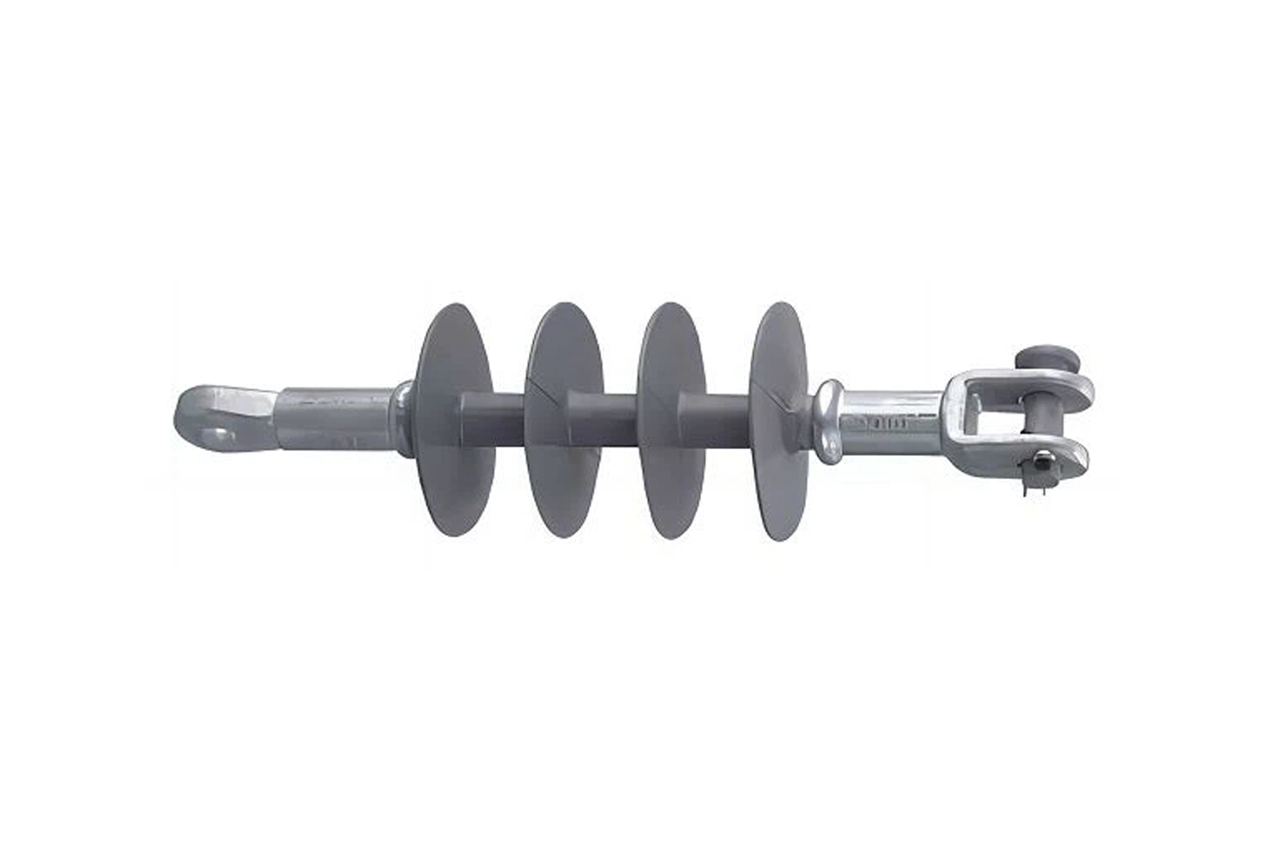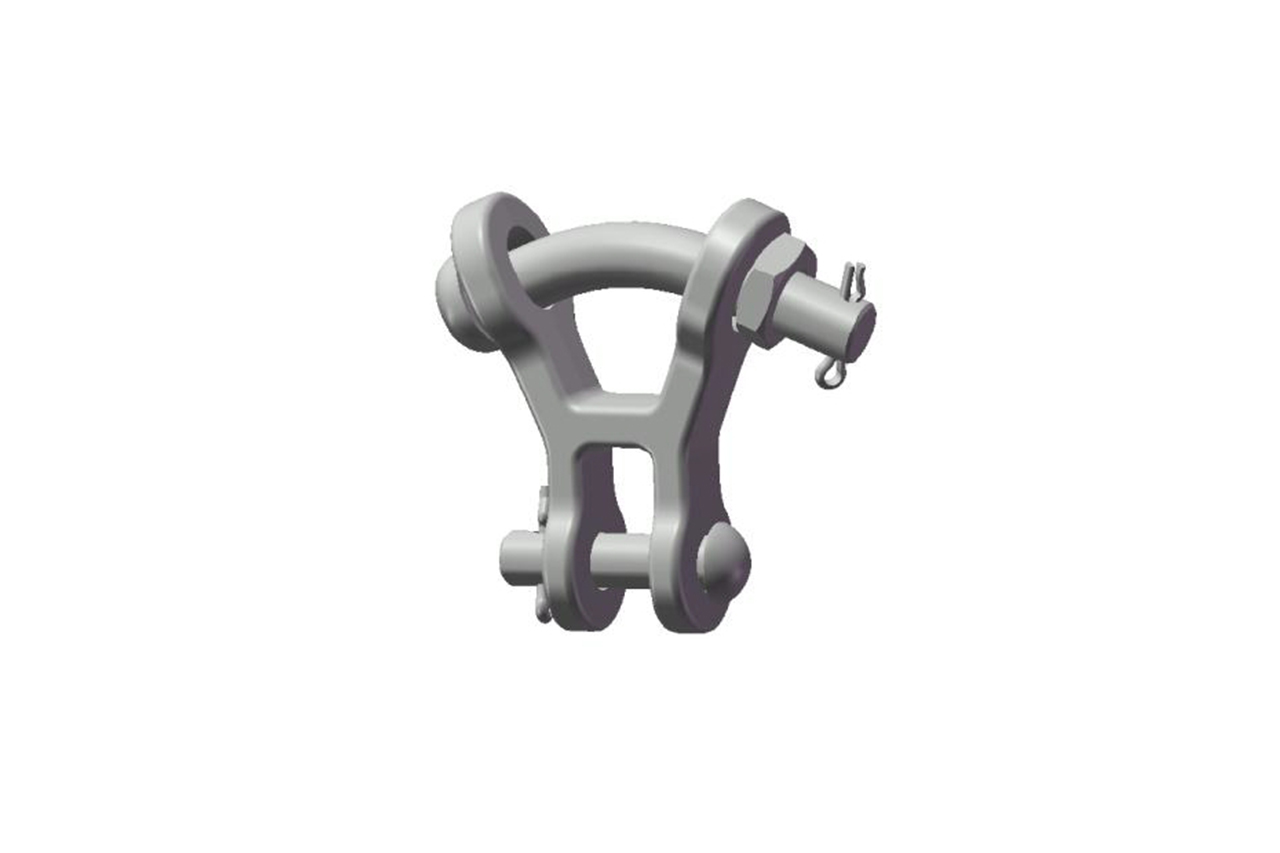I supply 66kv Composite Post Insulators, and today I want to discuss how humidity can affect these units. Let’s get into it!
First off, what’s humidity? It’s essentially the amount of water vapor present in the surrounding air. Think of those really muggy days when it feels like you’re moving through soup? That’s high humidity. And it can significantly influence our 66kv Composite Post Insulators.
Surface Conductivity Changes
A primary way humidity impacts these insulators is by altering their surface conductivity. Under high humidity, water droplets begin to form on the insulator’s surface. These droplets can establish a conductive film on the surface. Pure water itself isn’t highly conductive, but it readily absorbs impurities from the air, such as dust and pollutants. When it does, its conductivity increases substantially.
This rise in surface conductivity can cause leakage current. Leakage current is essentially unintended electricity flowing along the insulator’s surface. It might seem minor initially, but over time, it can create significant issues. For instance, it can cause dry bands to form on the insulator surface. These dry bands are spots where the water evaporates due to heat from the leakage current. When dry bands appear, the voltage across them escalates, potentially causing partial discharges. These partial discharges can deteriorate the insulator material over time, shortening its lifespan and degrading performance.
Flashover Risk
Another major concern with high humidity is the heightened risk of flashover. Flashover occurs when an electrical arc travels across the insulator’s surface, causing a short-circuit. When humidity is high, the insulator surface is wet, and the surrounding air is saturated with moisture. This facilitates the formation and propagation of an electrical arc.
The moisture on the insulator can also diminish the dielectric strength of the adjacent air. Dielectric strength is a material’s (here, air) capacity to resist electrical flow. Lower dielectric strength means less voltage is required to initiate an electrical arc. So, even with normal line voltage, high humidity increases the likelihood of a flashover. And believe me, a flashover is a disaster for any power system. It can trigger outages, damage other equipment, and even endanger nearby personnel.
Aging and Degradation
Humidity can also accelerate the aging and degradation process of 66kv Composite Post Insulators. Persistent moisture can cause the insulator material to absorb water. This may result in swelling and alterations to the material’s mechanical properties. For example, the insulator could become more brittle, increasing its susceptibility to cracking and fracture.
Moreover, the water can react chemically with substances in the insulator material. Some insulators use polymers, and water can induce hydrolysis reactions within these polymers. Hydrolysis is a reaction where water breaks down polymer chains. This can compromise the material’s strength and diminish its insulating capabilities.
How We Mitigate These Effects
As a supplier of 66kv Composite Post Insulators, we implement strategies to combat humidity-related problems. One approach is using hydrophobic materials during manufacturing. Hydrophobic materials repel water, preventing droplets from forming a continuous conductive layer. This helps lower leakage current and flashover risk.
We also design our insulators with specific geometries. The insulator’s shape influences how water runs off the surface. Shapes that promote effective drainage minimize water retention, even under high-humidity conditions.
Regular maintenance is also crucial. We advise customers to routinely inspect insulators for damage indicators, like cracks or surface wear. Cleaning insulators to remove surface dirt or pollutants is also recommended. This helps maintain insulator condition and lessen humidity’s impact.
Other Related Insulators
If you need other composite post insulators, we also supply 10kv Composite Post Insulator and 126kv Composite Post Insulator. Humidity affects these similarly, though designs and specs are customized for their specific voltage levels.
Let’s Talk Business
If you’re sourcing 66kv Composite Post Insulators or other products, feel free to contact us. We provide high-quality insulators built to handle diverse environmental challenges, including high humidity. Whether you need a small test batch or a bulk order for a major power system, we can assist. Just reach out, and we’ll discuss your specific requirements.
References
· IEEE Std 957-2018, IEEE Guide for the Application of Composite Insulators in Overhead Transmission Lines.
· International Electrotechnical Commission (IEC) standards related to composite insulators.
· Research papers on environmental factor impacts on composite insulators from electrical engineering journals.




